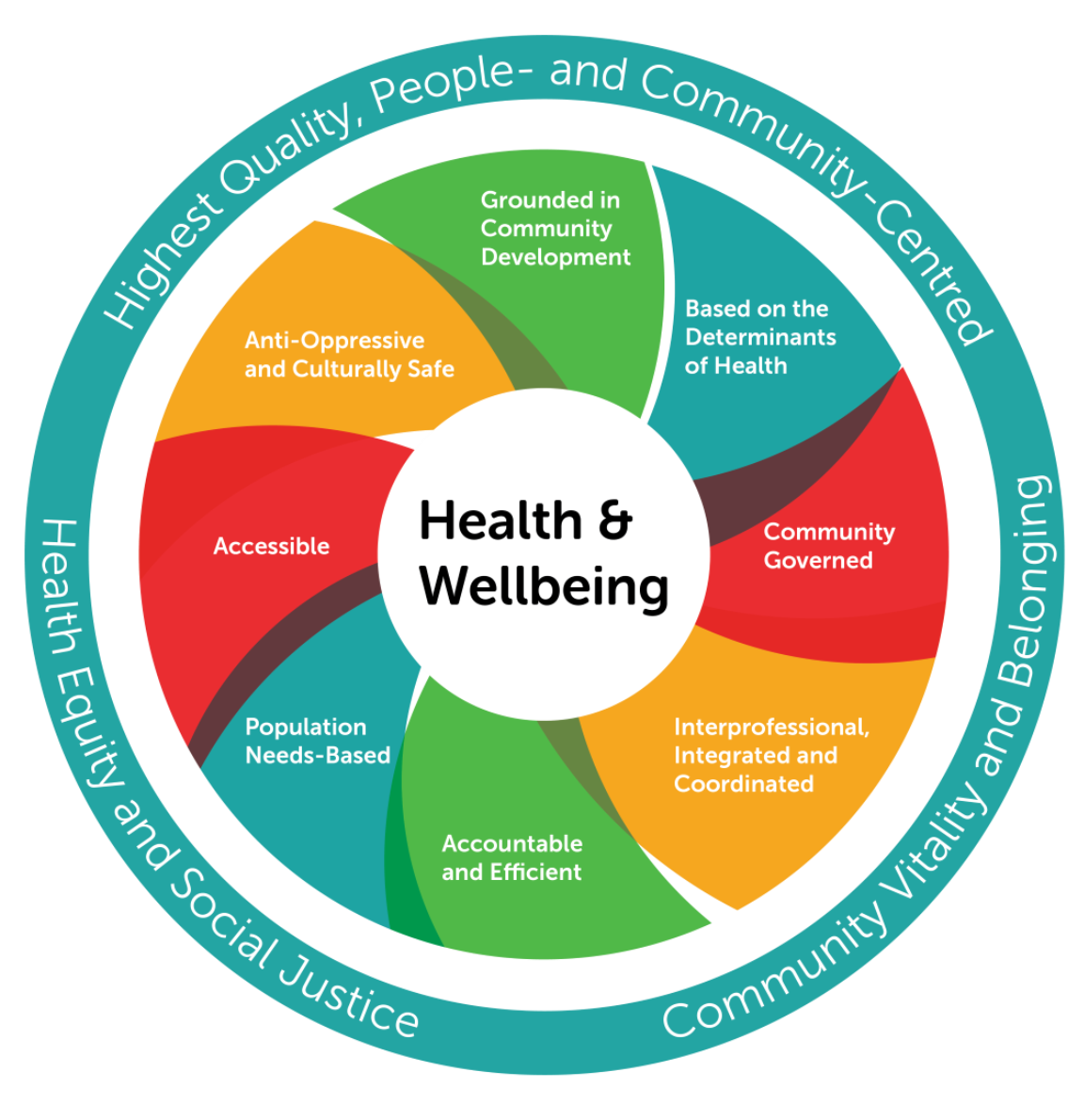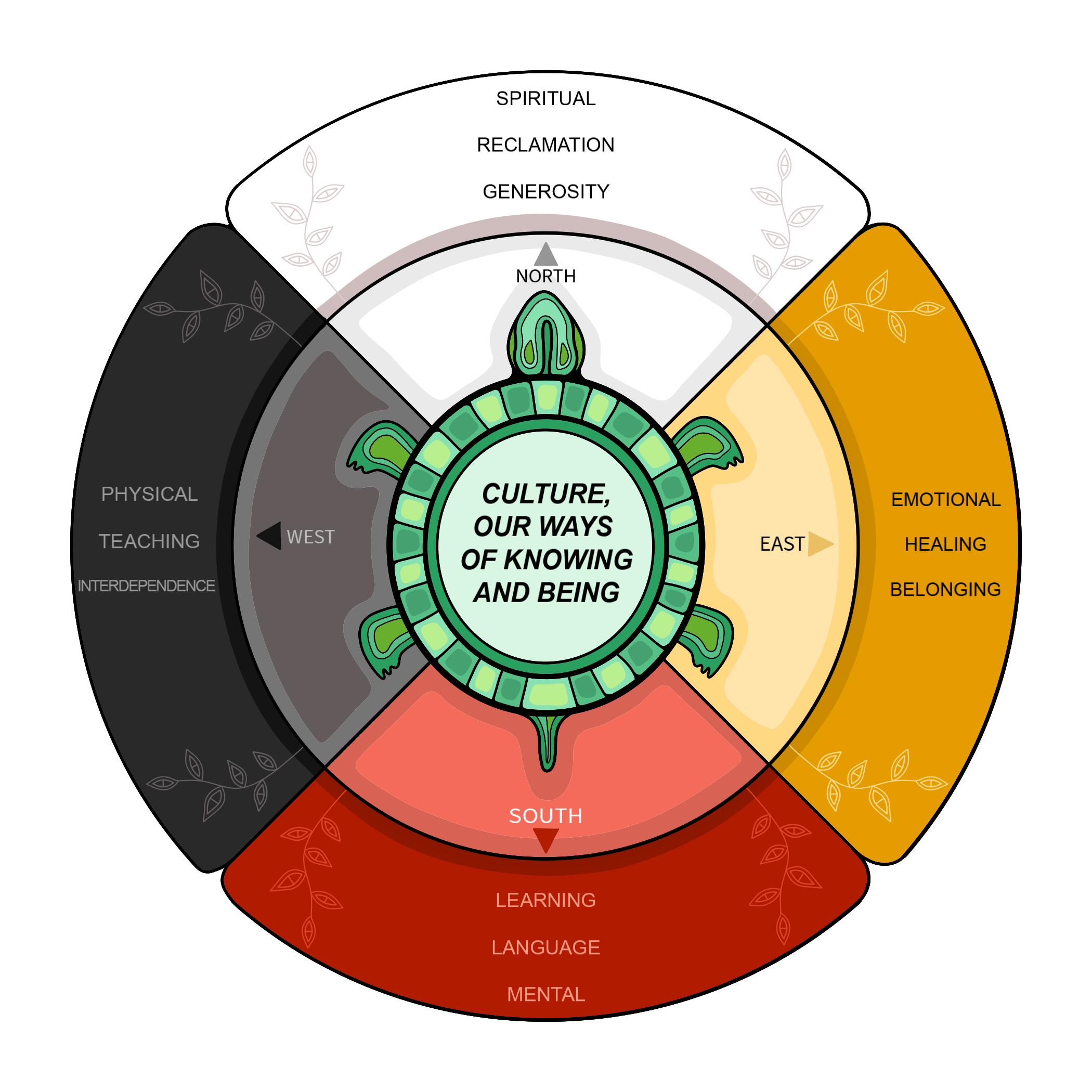Our Comprehensive Primary Health Care is embedded in the Model of Health and Wellbeing.
We also support our partners who use the Model of Wholistic Health and Wellbeing to provide Indigenous Health in Indigenous Hands.
It is rooted in the belief that health is a state of the best possible physical, mental, social and spirtual wellbeing. Our Centre offers primary care services in combination with health promotion and community development activities to address medical and biological issues, and to improve the circumstances in which people live, work, play and age. Comprehensive primary health care not only improves the health of individuals, it creates healthier communities - inclusive, connected and caring places where everyone feels they belong and are empowered to take control of their health and wellbeing.
MODEL OF HEALTH AND WELLBEING MODEL OF WHOLISTIC HEALTH AND WELLBEING


Learn more about these models: Click Here